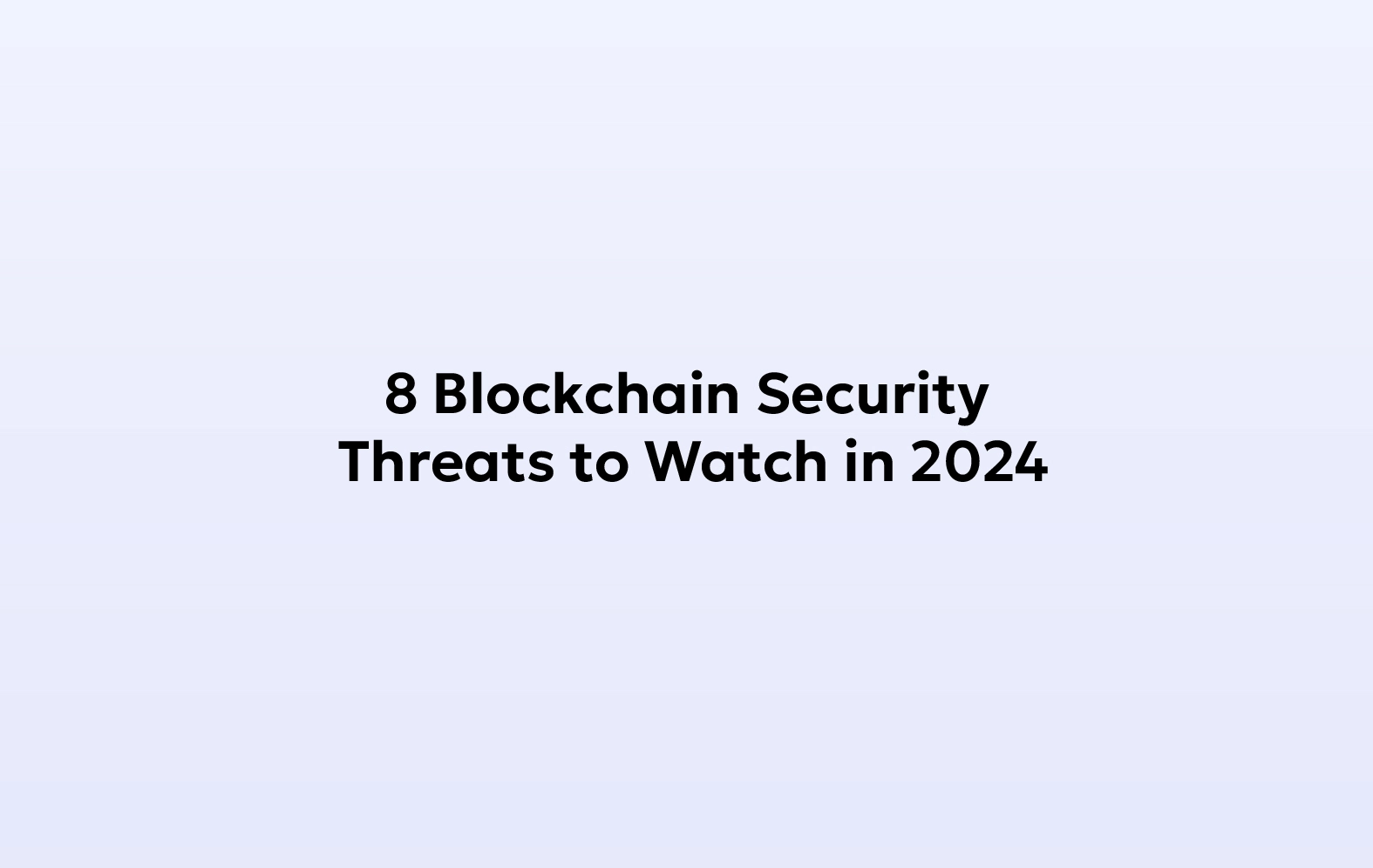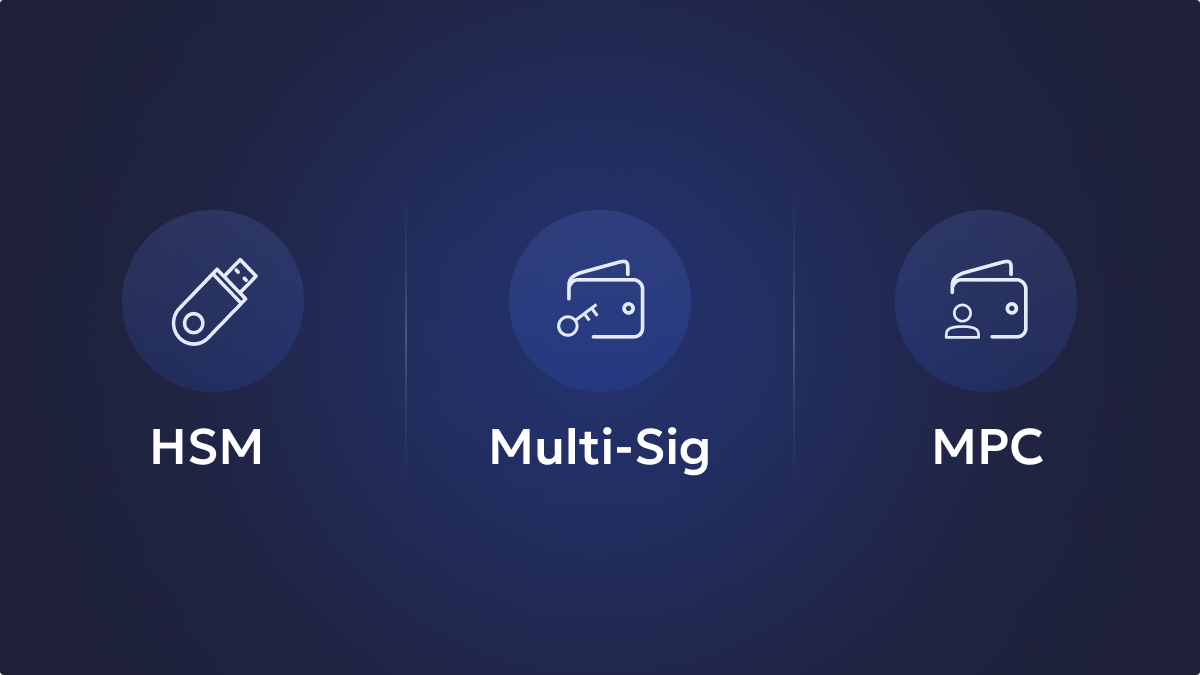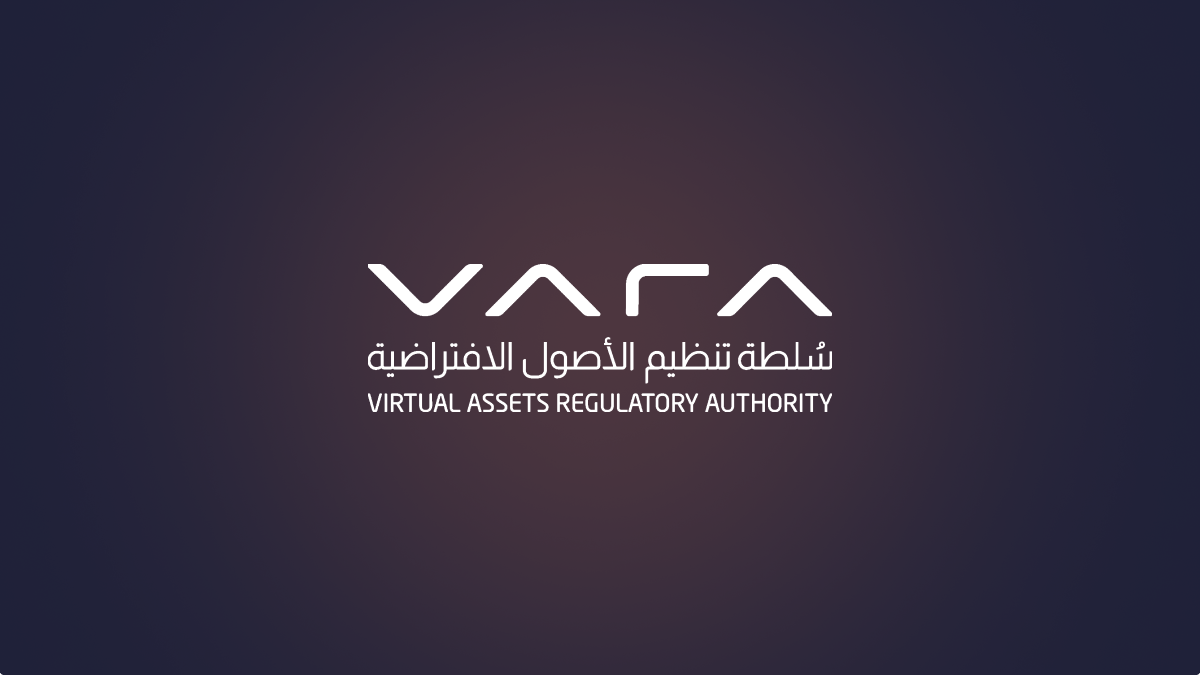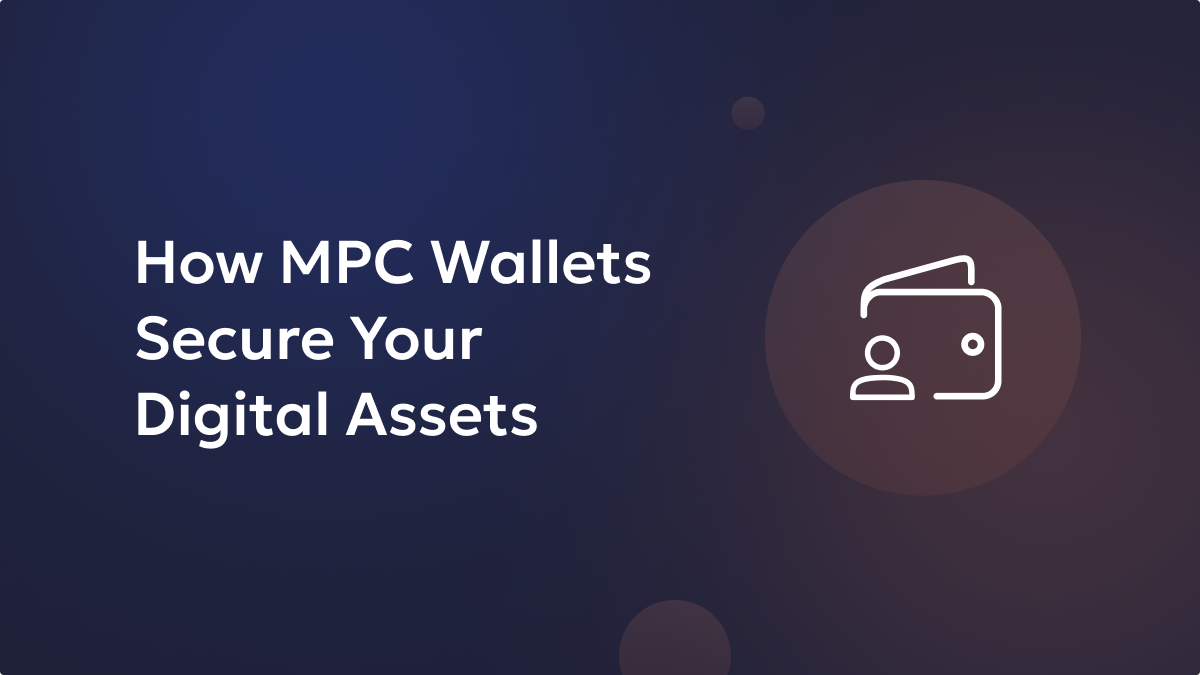Blockchain infrastructure stands as a pivotal technology in the Fourth Industrial Revolution, erasing the boundaries between physical and digital realms. It introduces innovative opportunities and disrupts established businesses by fostering decentralized digital transformation.
This decentralization is realized through establishing trust among parties and removing intermediaries, facilitating efficient data sharing and value exchange.
While commonly linked with cryptocurrencies like Bitcoin, blockchain’s applications extend beyond finance to encompass diverse business sectors such as agriculture, mining, manufacturing, energy, supply chains, and healthcare.
Despite utilizing security measures like cryptography, securing the extensive architecture of web3 blockchain and addressing cyber threats requires additional diligence.
Unlock the potential of digital assets for your institution
Public vs private blockchain security
To further explore blockchain security, understanding the distinction between public and private blockchain security is essential. Blockchain networks can vary in terms of participation and data access, leading to the categorization of networks as Public and Private.
Public blockchain networks are open. They enable any user to join while preserving participant anonymity.
Private blockchain networks use identity verification for membership and access privileges. It exclusively allows known organizations to participate.
Secure and manage your digital assets with Liminal
Why prioritize cybersecurity in blockchain?
The web3 blockchain cryptocurrency technology presents significant business opportunities. But, it also comes with notable risks. Cryptocurrencies, a key application of web3 blockchain, are increasingly being utilized in criminal activities such as ransomware, scams, and terrorism financing. On the other hand, it reached a market value of $14 billion in 2021—an alarming 79% increase from 2020.
Additionally, the adoption of blockchain and associated technologies such as hardware wallet for cryptocurrency introduces novel cybersecurity threats, each presenting unique security challenges. Consequently, cybersecurity should be a paramount consideration when embracing and utilizing blockchain.
Despite being grounded in established cryptographic technologies, blockchain is sometimes erroneously perceived as inherently secure. However, the cryptographic features it inherits are insufficient to withstand the full spectrum of cybersecurity threats.
Researchers have identified approximately 500 cybersecurity attacks, focusing solely on cryptocurrencies, resulting in losses of around $9 billion. Safeguarding against these attacks with the help of sophisticated wallets for cryptocurrency is particularly challenging due to blockchain’s decentralized and open nature.
The inherent characteristics of decentralization and openness increase operational complexity and limit the ability to achieve absolute control. Thus, a comprehensive assessment is imperative to guard against cybersecurity threats and associated vulnerabilities.
Blockchain security issues and solutions
Miners play a crucial role in advancing blockchain infrastructure by validating transactions. But a 51% attack poses a massive threat, particularly in the early stages of a web3 blockchain. This threat isn’t applicable to enterprise or private blockchains. In a 51% attack, malicious entities control over half of the hash rate, enabling them to manipulate transactions, disrupt confirmations, and even reverse completed transactions, leading to double-spending.
To mitigate 51% attacks: enhance monitoring of mining pools, ensure a higher hash rate, consider alternatives to proof-of-work (PoW) consensus procedures, lack of security vulnerability coverage, lack of code scanning and security testing.
In a Sybil attack, hackers create multiple counterfeit blockchain cryptocurrency network nodes to gain majority consensus and disrupt chain transactions, essentially resembling a 51% attack. To eliminate Sybil attacks: web3 blockchain should implement suitable consensus algorithms. Monitor nodes for suspicious behavior, particularly those forwarding blocks from a single user. While these measures may not entirely eliminate the risk, they render Sybil attacks impractical for hackers to execute.
Phishing Attacks
In a phishing attack, hackers aim to steal user credentials by sending seemingly legitimate emails to wallet key owners. These emails often contain fake hyperlinks prompting users to enter login details, posing risks to both users and the blockchain network. To prevent phishing attacks: Enhance browser security with verified add-ons or extensions that notify about unsafe sites. Bolster device security with malicious link detection and reliable antivirus software. Verify email requests for login details by confirming with support or partners. Exercise caution with links; instead of clicking, manually enter addresses into your browser’s private tab after thorough review. Plus, try to use a hardware wallet for cryptocurrency storage.
Private Keys
As previously highlighted, public-key cryptography is fundamental to blockchain technology. Mishandling or improperly implementing public-key cryptography can lead to severe security issues in blockchain infrastructure.
Inadequate key signing implementation, such as using the same key for multiple signings instead of a Merkle tree, may expose your private key to attackers. Possessing the private key grants control over all associated data in the blockchain, including cryptocurrency ownership. Although the likelihood of such incidents is low, using vulnerable code increases the risk. The primary concern lies in mishandling the private key, such as storing it on infected computers or public platforms. In 2020, approximately $300k worth of cryptocurrency was compromised when a user left their public key in Evernote.
Lack of Security Vulnerability Knowledge
Smart contracts are essentially coded agreements utilizing blockchain for keeping immutable records of transaction and ownership. In a real-world scenario, lending money involves periodic interest until the loan term concludes, at which point the principal is returned. This concept is coded, substituting cryptocurrency for traditional currency. The advantage is the absence of intermediaries like banks, and once the contract is established, it becomes immutable. However, poorly coded contracts can be vulnerable to exploitation. A notable instance was the DAO, where an attacker identified a flaw, resulting in the theft of $50 million worth of blockchain cryptocurrency.
Operational risks
Governance and Regulatory compliance problems are among the two major operational risks. Blockchain’s ambiguous governance systems complicate security matters. The absence of clear governance makes decision-making about the network’s direction and maintenance challenging, potentially resulting in conflicts and security risks. Regulatory compliance, especially with laws like Know Your Customer (KYC) and Anti-Money Laundering (AML), becomes crucial to prevent scams and protect users’ assets as Ethereum, Polygon blockchain gains popularity.
Despite the decentralized design of web3 blockchain, practical implementation often leans towards centralization. This means a limited group controls the majority of the network’s processing capacity, posing significant security concerns.
Other concerns :
Interoperability is another problem that exists in blockchain infrastructure. The ability of different web3 blockchains to communicate and share data is termed blockchain interoperability. Lack of interoperability, leading to fragmentation, can pose security risks by complicating the monitoring and verification of transactions across diverse blockchains. Scalability is a significant challenge for blockchain, particularly as its usage expands. The increasing demand for computing power and bandwidth with a growing user base may result in bottlenecks and network congestion.
Quantum computing, a new paradigm, raises concerns about the potential compromise of the encryption algorithms used in blockchain. This introduces a security risk, as it could expose blockchain technology to potential hacker attacks.
Conclusion
Preparing for the evolving landscape of digital protection is vital as blockchain cryptocurrency technology advances. To enhance blockchain security, individuals and groups can take various actions: Stay informed about new security tools and emerging threats. Establish transparent governance frameworks for swift decision-making and accountability. Invest in cutting-edge security tools such as encryption and multi-factor authentication. Regularly audit smart contracts and other blockchain components to identify and address vulnerabilities. Implement robust authentication and access control measures to safeguard private keys and prevent unauthorized access.
In conclusion, while blockchain has transformative potential across sectors, it introduces significant security risks. Proactive measures addressing these concerns are essential to ensure that blockchain technology remains a secure and reliable platform in the future of digital security.
FAQ
What are the security issues with blockchain?
One of the prominent security issues with web3 blockchain is sybil Attacks. A significant Sybil attack essentially equates to a 51% attack. To counter security concerns like Sybil attacks, numerous blockchain infrastructures employ proof-of-work and proof-of-stake algorithms. Although these algorithms don’t entirely eliminate the possibility of such attacks, they render them impractical for potential attackers.
What is the scope of blockchain in 2023?
A notable trend in 2023 is the increasing adoption of blockchain such as polygon blockchain in enterprise operations. The decentralized structure of web3 blockchains enhances security, transparency, and resilience against cyber threats. Consequently, more companies are anticipated to harness this technology for its advantages in the coming year.
How many blockchains are there 2023?
As of 2023, the market hosts more than 1,000 circulating blockchains, serving a diverse array of industries and applications.
What are the 4 major blockchains?
Diverse applications necessitate distinct web3 blockchain types. The primary classifications include public blockchains, private blockchains, consortium blockchains, and hybrid blockchains, each tailored to specific use cases.
How big is the blockchain market in 2024?
The entire blockchain market is estimated to be approximately $ 7.5 billion in the year 2022.
What is the fastest blockchain 2023?
Currently, Coreum leads with a speed of 7,000 TPS, followed by Solana with over 4,000 TPS, and Aleph Zero impressively reaching 100,000 TPS. The speed, scalability, and efficiency of blockchain have emerged as crucial considerations for developers and businesses amid the industry’s expansion.
What happens to crypto in 2024?
The Bitcoin halving event in April 2024 signifies a unique event that occurs every four years. It results in a significant reduction in the rate of the cryptocurrency’s supply, as the reward for miners contributing a block to the Bitcoin blockchain is halved.






